LUANDA
The Capital of Angola. “New El Dorado” / “Paris of Africa”
Luanda, also spelled Loanda, formerly São Paulo de Luanda, city, capital of Angola. Located on the Atlantic coast of northern Angola, it is the country’s largest city and one of its busiest seaports. Founded in 1576 by Paulo Dias de Novais and initially settled by the Portuguese, Luanda became the administrative centre of the Portuguese colony of Angola in 1627 and was a major outlet for slave traffic to Brazil. The city is regarded as the capital of the Mbundu peoples, who have their roots in the surrounding area.
Luanda has a warm equable climate. The surrounding region fronts a tropical coastal plain that gives way to a tableland dissected and drained by the Cuanza River and other coastal streams. Cambambe Dam, 110 miles (177 km) to the southeast on the Cuanza, supplies power to Luanda. Skyscrapers and wide avenues give Luanda a modern appearance. The higher part of the city, consisting of the outlying districts, is generally poverty-ridden, and the lower is commercial and industrial. The city is the seat of a Roman Catholic archdiocese and is home to Agostinho Neto University (1963) and the Catholic University of Angola (1997). The National Library of Angola and the National Historic Archive are also located there, as are several museums.
Luanda in the old days
Most of Luanda’s sizable Portuguese population left the city before Angola was granted independence from Portugal in 1975. The city’s population swelled dramatically during Angola’s civil war (1975–2002)—especially after 1992—as refugees fled from warfare in rural areas. Luanda has historically had difficulties with maintaining a clean and accessible water supply, and decades of war and insecurity exacerbated the situation. The influx of new residents completely overwhelmed the capacity of the city’s public services, such as sewage treatment and trash collection. Even in the years following the civil war, Luanda was still vulnerable to frequent outbreaks of cholera and other diseases stemming from a lack of potable water.
Luanda is an industrial centre; manufactures include beverages, automotive products, and cement. Petroleum was discovered nearby in 1955, and there is a refinery at the north end of Luanda Bay. Agricultural products produced in the area include coffee, cotton, sugarcane, oilseeds, and palm oil and kernels; cattle raising is locally important. In addition to the city’s port facilities, Luanda is served by an international airport and the Luanda Railway, which has its eastern terminus in Malanje (378 miles [608 km] away).
Find Your Tour
choose destination
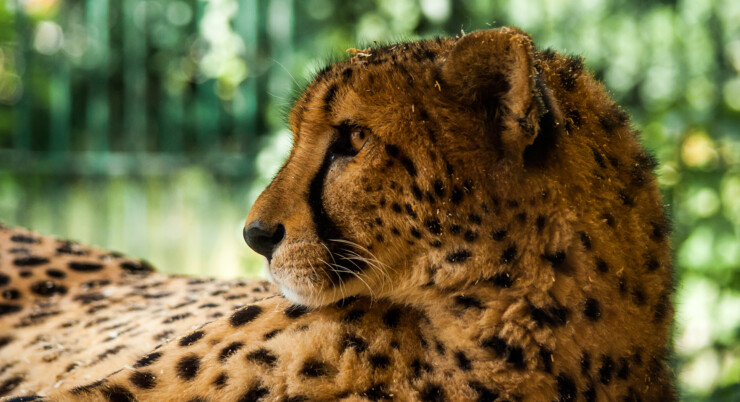
The largest national park in Angola, the Iona National Park is situated in the most southwesterly point of the country. It covers an expansive area of over 15,000 square kilometers. Although the national parks were hit hard by illegal animal poaching during the civil war, efforts to replace and restore the wildlife in the park are underway.
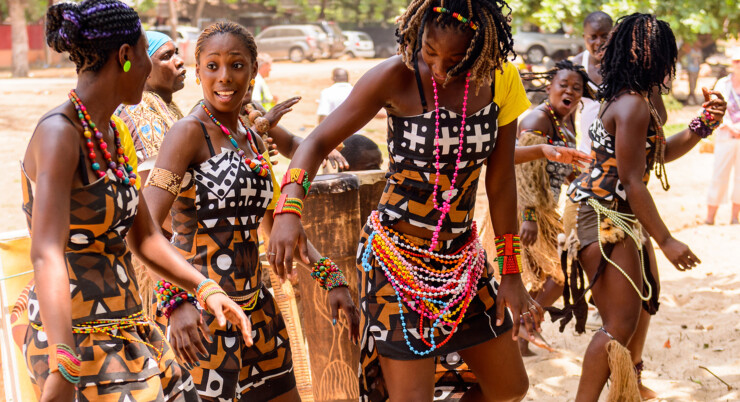
The country of Angola needs at least a few months to get around and see everything and get to actually experience the diversity that it offers, but 12 days in Angola would be a great introductory trip to get a gist of the country.

Demand for business travel to Luanda is growing that’s why we prepare a special Business package for you wich includes: airpot pickup, accommodation, translator and safety during your stay.

Site of its primary port and the largest airport for a country on Africa’s southwestern coast, Luanda serves as the capital city for the Republic of Angola.
Nicknames for Luanda include the “New El Dorado” and “Paris of Africa”.
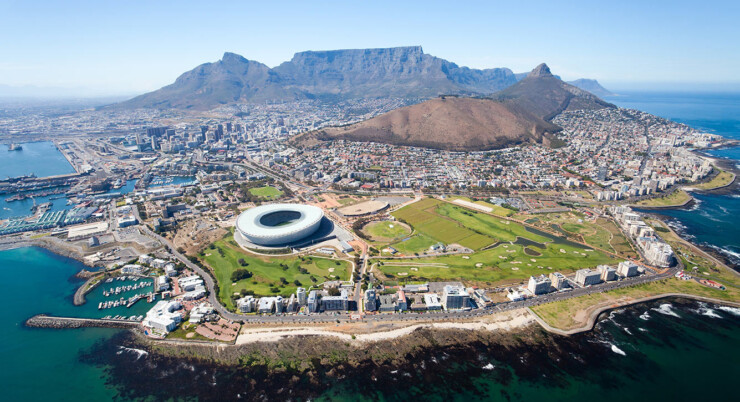
Considering this trip you will have an incredible opportunity to see two different faces of Sub-Saharian Africa. Angola, huge and beautiful country among virgins landscapes and rising democracy. The Republic of South Africa, the richest country in Africa with two major cities Johannesburg and Cape Town.

Kalandula Falls are still a haven of tranquility here you can experience the real Africa the Kalandula Falls lie in the course of the Lucala River they are among the most impressive natural wonders of Angola and are the second highest in Africa with a drop of 105 m.
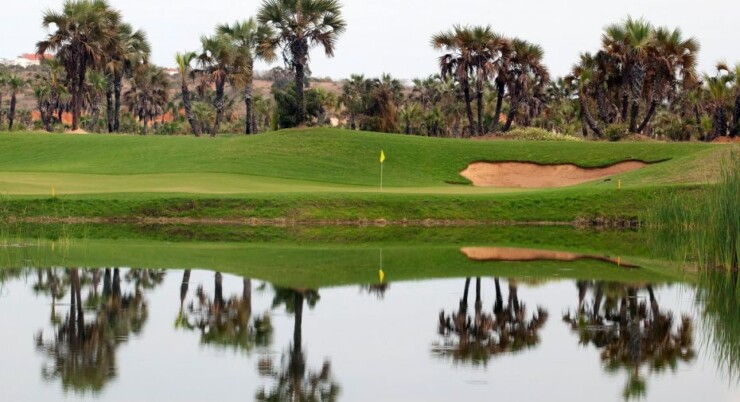
One of the most popular tourist destinations in Africa, Tanzania is well-established as one of the best wildlife-viewing destinations in the world.
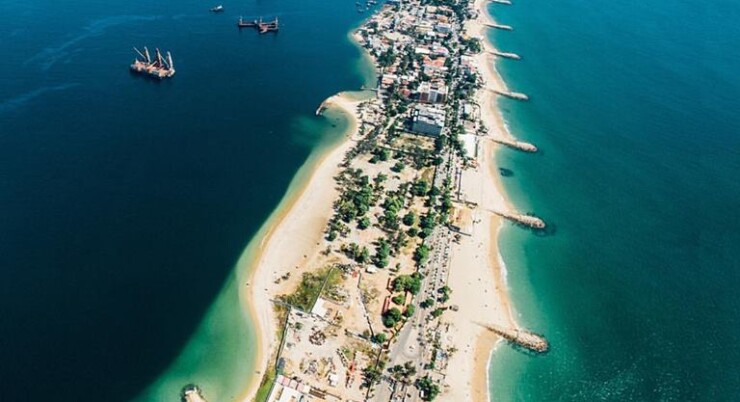
Morocco has variety and an exotic feel that has fascinated travellers since long before the modern traveller arrived. Morocco’s Amazing Diversity.
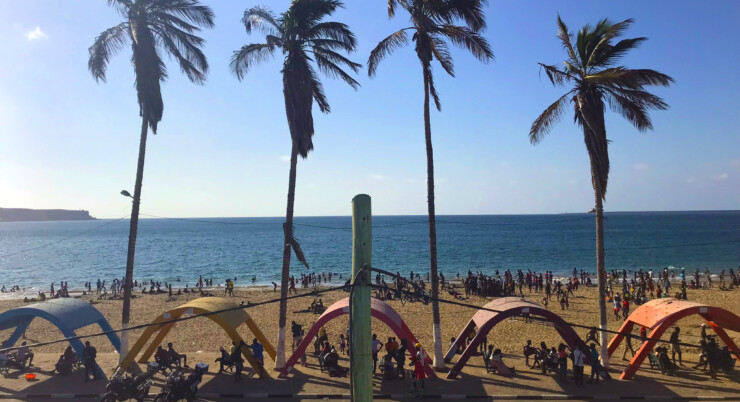
Compact and diverse, Ecuador is like a tasting menu for South America. There are Andean mountains, complete with glacial volcanoes.








